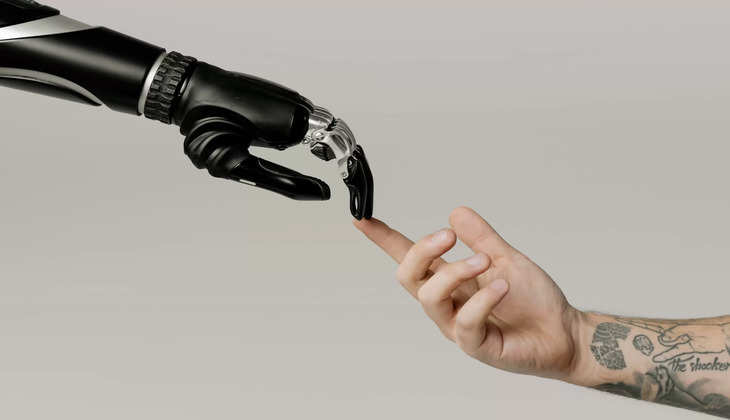How AI Will Replace Human ?

AI (Artificial Intelligence) has made significant advancements in recent years and has the potential to replace certain human tasks and jobs. However, it is important to understand that AI is more likely to augment human abilities rather than completely replace humans in most areas. Here are some key ways AI can impact and potentially replace human roles:
1. Automation of Repetitive Tasks
- Manufacturing and Production: Robots and AI systems can handle repetitive and physically demanding tasks with precision and efficiency.
- Data Entry and Processing: AI can automate data entry, processing, and management, reducing the need for human intervention in administrative tasks.
2. Customer Service and Support
- Chatbots and Virtual Assistants: AI-powered chatbots and virtual assistants can handle customer inquiries, provide support, and resolve issues quickly, reducing the need for human customer service representatives.
- Call Centers: AI can assist in call centers by handling routine queries, directing calls, and even performing sentiment analysis to better understand customer needs.
3. Healthcare and Diagnostics
- Medical Imaging: AI can analyze medical images (e.g., X-rays, MRIs) more quickly and accurately than humans, aiding in early diagnosis and treatment planning.
- Predictive Analytics: AI can predict disease outbreaks, patient deterioration, and treatment outcomes, helping healthcare providers make informed decisions.
4. Finance and Banking
- Algorithmic Trading: AI algorithms can analyze vast amounts of financial data and execute trades at high speeds, often outperforming human traders.
- Fraud Detection: AI systems can detect fraudulent activities and transactions in real-time, providing better security and reducing financial losses.
5. Transportation and Logistics
- Autonomous Vehicles: Self-driving cars and trucks can transport goods and people with minimal human intervention, potentially reducing the need for drivers.
- Supply Chain Management: AI can optimize supply chain operations, predicting demand, and managing inventory more effectively.
6. Content Creation and Media
- Automated Journalism: AI can generate news articles, reports, and summaries based on data and trends, reducing the need for human writers in certain types of content.
- Video and Image Editing: AI tools can enhance, edit, and generate visual content, making the process faster and more efficient.
7. Human Resources and Recruitment
- Resume Screening: AI can quickly scan and evaluate resumes, identifying the best candidates for a job based on predefined criteria.
- Employee Monitoring: AI can monitor employee performance and productivity, providing insights and recommendations for improvement.
8. Retail and E-commerce
- Personalized Recommendations: AI algorithms can analyze customer behavior and preferences to provide personalized product recommendations, improving sales and customer satisfaction.
- Inventory Management: AI can predict inventory needs, reducing overstock and stockouts, and optimizing supply chain efficiency.
9. Education and Training
- Adaptive Learning: AI-powered educational platforms can tailor learning experiences to individual students, providing personalized content and feedback.
- Grading and Assessment: AI can assist in grading assignments and assessments, providing quicker and more consistent evaluation.
Conclusion
While AI has the potential to replace humans in certain tasks and roles, it is more likely to augment human capabilities and create new opportunities. AI can handle repetitive, data-intensive, and time-consuming tasks, freeing humans to focus on more creative, strategic, and complex activities. The key to the successful integration of AI into the workforce lies in continuous learning, adaptation, and the ability to leverage AI to enhance human potential.
